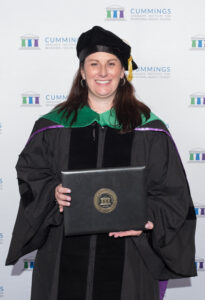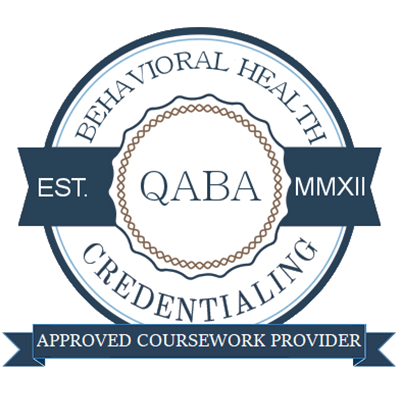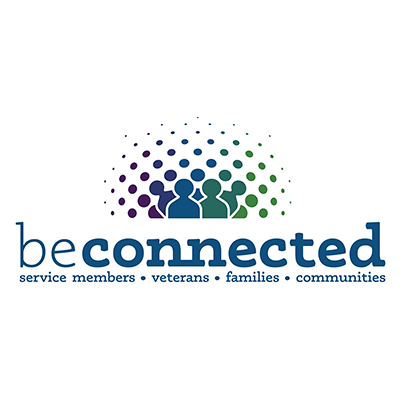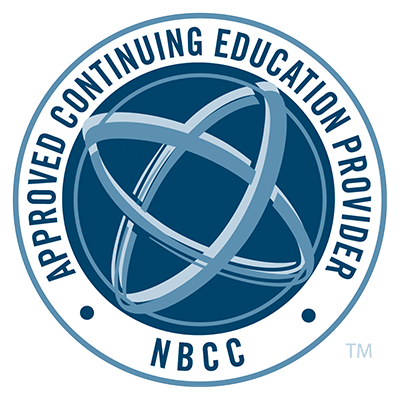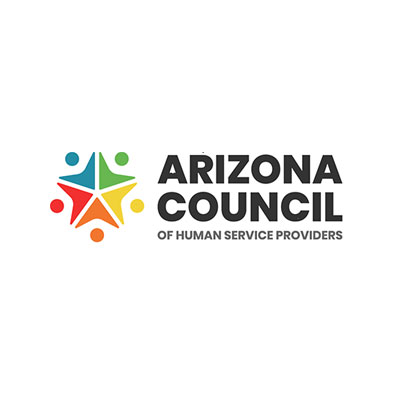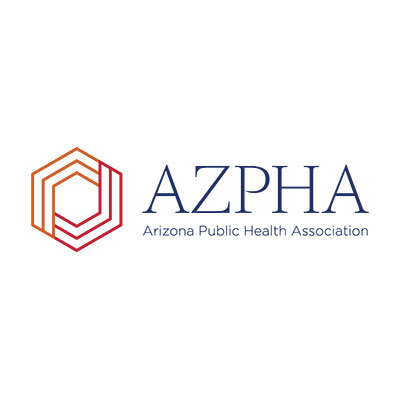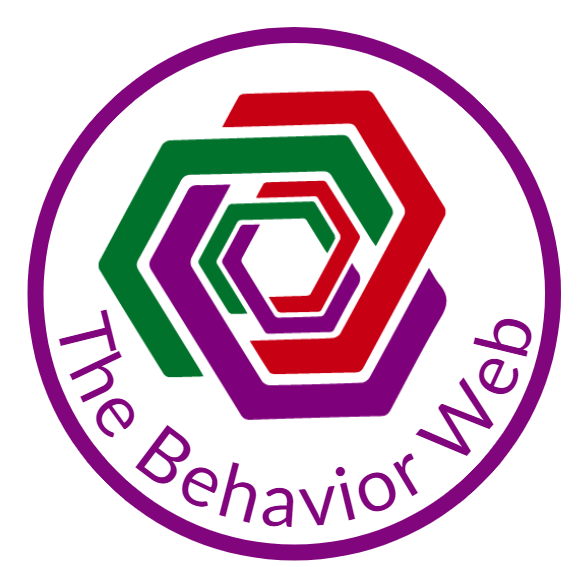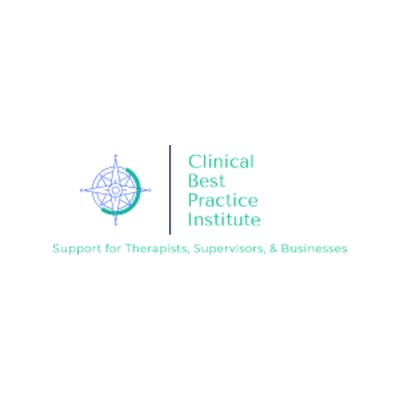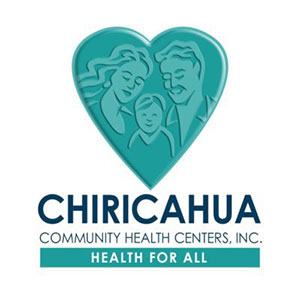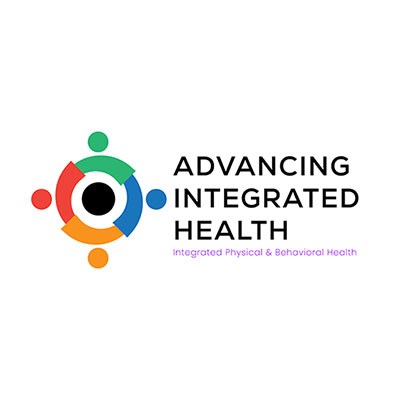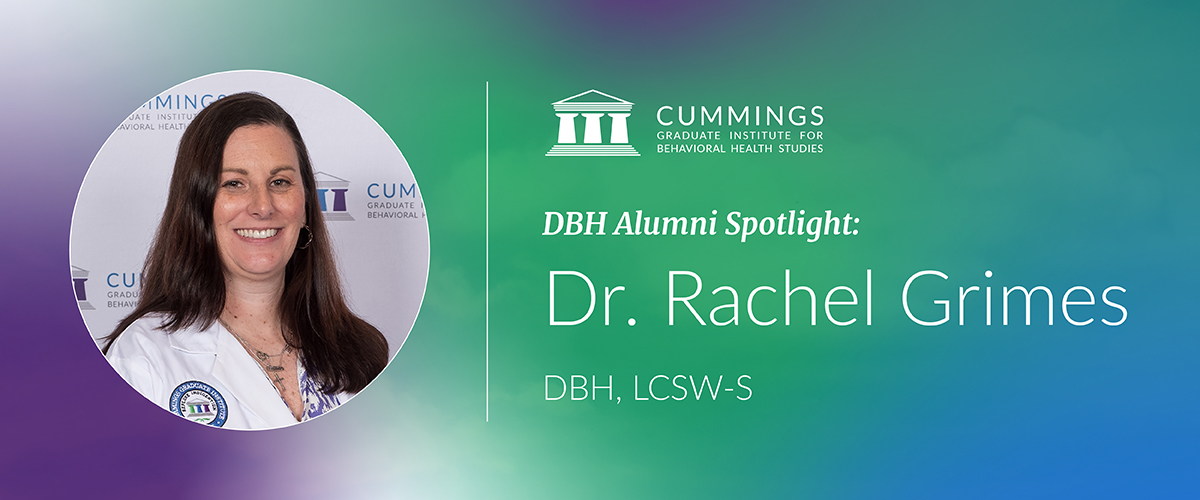 Leading with Compassion: How Dr. Rachel Grimes is Revolutionizing Cystic Fibrosis Care Through Behavioral Health Integration
Leading with Compassion: How Dr. Rachel Grimes is Revolutionizing Cystic Fibrosis Care Through Behavioral Health Integration
Dr. Rachel Grimes is a licensed clinical social worker, supervisor, and certified consultant in Eye Movement Desensitization and Reprocessing (EMDR) trauma therapy. Drawn to the Doctor of Behavioral Health (DBH) program while working as a clinical therapist in a medical setting, she sought to enhance her ability to provide integrated care. As part of the Cystic Fibrosis Care Center in Fort Worth, TX, she delivers comprehensive behavioral health support to pediatric and adult patients with cystic fibrosis and other pulmonary diseases. The DBH program equipped her with the skills to elevate patient care and expand her impact. In addition to her role at the care center, Dr. Grimes serves as Clinical Director of a new mental health clinic in Fort Worth under Nora Mental Health, a national organization dedicated to client-centered care. Her leadership, strengthened by evidence-based strategies from the DBH program, positions her to drive meaningful change and ensure high-quality mental health services for the Fort Worth community. In this interview, Dr. Grimes explores the transformative impact of the DBH program, how it prepared her for leadership roles, her passion for integrated care, and the significance of trauma-informed care in chronic illness management.
How has the DBH program transformed your understanding of behavioral health and influenced your career?
My understanding of behavioral health has been enhanced by my DBH studies. Several of my classes required me to research, analyze, and even create clinical pathways. I was able to study several pulmonology clinical pathways to include both asthma and cystic fibrosis. This increased my understanding of the physical health components of the diseases, which in turn helped me better understand the mental health needs of the diseases. I learned the effectiveness of brief clinic interventions and have been able to advocate to increase my opportunities to provide clinic interventions in my pulmonology clinic. Additionally, other clinics within the hospital followed suit, improving outcomes for pulmonary patients and other patient populations as well.
What innovative approaches or strategies do you believe have the potential to revolutionize the behavioral health landscape?
Integration is defined as a patient centered approach that consists of collaboration between providers of multiple disciplines to address the patients’ physical, mental, and social needs. Before I ever worked in health care, I worked as a clinician in a residential treatment facility for boys. I described my role as “the wallpaper of the home.” What I meant by this was that I wanted to be so integrated into the care that my clinical presence was tangible. Conducting my work in this way allowed me to get to know the boys well, the staff well, and know the needs of the facility inside out. Transitioning this philosophy into physical healthcare is my idea of integrated healthcare. Rather than consulting behavioral health when there is “a problem” or as a last resort, DBHs should be the wallpaper of the hospitals. Having a clinical presence in both the inpatient and outpatient settings allows the DBH to really know the needs of the patients and the staff members. This allows these needs to be addressed, improving outcomes for patients and providers alike.
Looking back at your DBH journey, what specific insights or skills have you gained that have been instrumental in your professional development?
Throughout the program, I focused my research on two main topics, cystic fibrosis and trauma. The populations I work with included patients with cystic fibrosis and patients who experienced trauma. I wanted to know how those two topics intersected and then what to do about it! I could not have even imagined how traumatic medical experiences have been for my patients. For my culminating project, I was able to interview a small cohort of patients with cystic fibrosis across the country regarding their medical experiences. Every patient that I interviewed endorsed some type of medical trauma. They helped me understand the impact of every interaction in the health care realm. They also helped me realize the importance of emotional support throughout a chronic illness journey. Each patient was able to identify a supportive team member or a trauma informed interaction that helped mitigate the trauma associated with their chronic illness journey.
Understanding how crucial my role as a mental health provider for a population of people living with an incurable disease helped me elevate my level of care. In every interaction with patients, I have in the back of my mind that this interaction can either contribute to their trauma or it can help mitigate it. I strive to make every interaction safe, trustworthy, collaborative, and empowering. I view my work as an honor and a privilege and am hopeful that I can help patients cope with a very difficult journey and minimize the trauma symptoms.
What are your future career goals within the behavioral health sector and how do you envision the DBH program contributing to your success?
I feel blessed that I was already working in integrated healthcare prior to entering my DBH program and that I can continue doing so more confidently and more informed. I know for sure that my skills learned in the DBH program helped me improve the current integrated health care process at my hospital. I was able to write a proposal to have an internal psychiatrist join our cystic fibrosis care team. When that was successful, I went on to create an alliance with an external psychiatrist to help provide for our adult patients with cystic fibrosis. I have many other examples of small macro level interventions that helped improve care for patients.
I graduated from the program thinking that the next step was “something BIG” but I am learning that small changes make a BIG difference in helping my patients, and that’s what matters most. Helping patients is why I entered the behavioral health field in the first place. My goal is to continue helping patients on the micro and macro levels, using my DBH skills to enhance patient care.
How do you view the role of leadership in advancing behavioral health outcomes, and in what ways has the DBH program prepared you for leadership positions?
 Going into the DBH program, I knew the leadership pillar would be where I would want to focus much of my attention. My access to leadership training and education as a social worker was limited. The DBH program helped me evaluate and identify my leadership style and areas for improvement. I was able to identify a leadership problem and propose a solution for an external agency. This empowered me to begin advocating for the solution as an outside entity.
Going into the DBH program, I knew the leadership pillar would be where I would want to focus much of my attention. My access to leadership training and education as a social worker was limited. The DBH program helped me evaluate and identify my leadership style and areas for improvement. I was able to identify a leadership problem and propose a solution for an external agency. This empowered me to begin advocating for the solution as an outside entity.
I learned that leadership comes in many forms and that I can be a leader from any place in my life. I do not have to be “hired” as a supervisor to be a leader. I demonstrate informal leadership in many ways in my job at the hospital. Many of my peers seek me out for help or advice. I can also be a leader for a company where I am not even hired. Although I am not an employee of the federal government any more, I can continue to advocate and support the mission—and that is true leadership.
What advice would you give to prospective students or professionals considering the DBH program?
My first thought is to say GO FOR IT! Education is never a waste of time or money and being a lifelong learner benefits everyone. The DBH program at CGI is a great fit for professionals working in any helping profession. The professors are supportive and the program is designed for individuals already working in the field to draw on their professional experiences and then improve them. The work won’t be easy, but it is invigorating, inspiring, and well worth the effort.
Dr. Rachel Grimes’s experience in the DBH program highlights the power of education, integration, and leadership in transforming healthcare. Armed with advanced clinical knowledge and a deep understanding of trauma-informed care, she has not only enhanced patient outcomes but also reshaped the way behavioral health integrates into medical settings. Her unwavering commitment to making every patient interaction meaningful and her drive to create lasting systemic change showcase the profound impact of the DBH program. As she continues to lead, advocate, and innovate, Dr. Grimes represents the future of behavioral health—one where compassionate, evidence-based care is seamlessly woven into every facet of healthcare. Her story serves as an inspiration for future DBH students and professionals striving to make a meaningful difference in the lives of those they serve.
Connect with Dr. Rachel Grimes
LinkedIn: Dr. Rachel Grimes
Websites: Cook Children’s Cystic Fibrosis Center and Nora Mental Health – Fort Worth, TX | Personalized Therapy
Dr. Rachel Grimes Shares How the DBH Impacted Her Career
Dr. Rachel Grimes Contributes to Upcoming Book: Integrated Behavioral Health: Applying the Biodyne Mindset in Healthcare
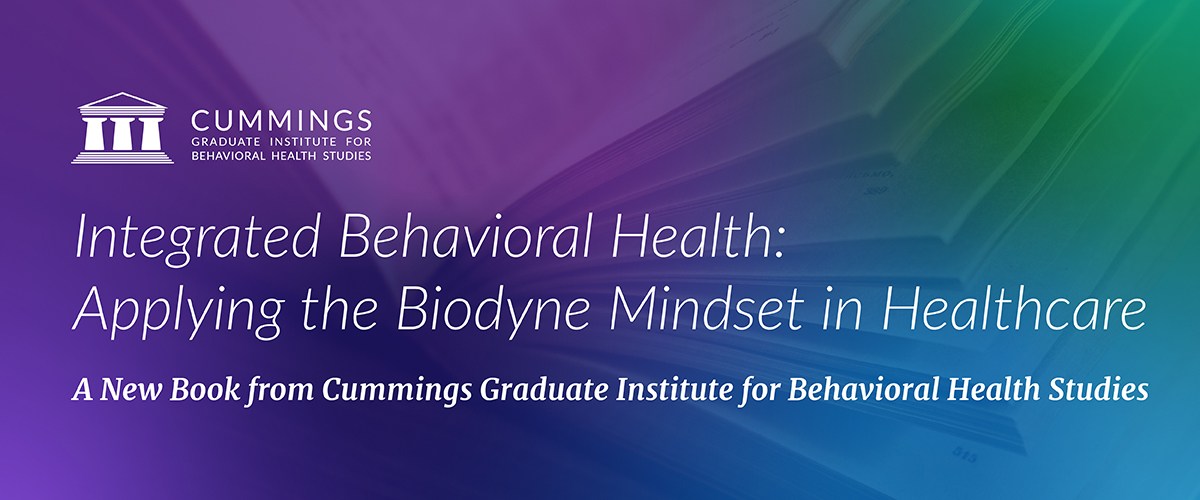
Cummings Graduate Institute for Behavioral Health Studies (CGI) is proud to announce the upcoming release of the groundbreaking new book, Integrated Behavioral Health: Applying the Biodyne Mindset in Healthcare, set for publication in January 2026. This new book builds on the foundation laid by Dr. Nicholas A. Cummings and Dr. Janet Cummings, renowned psychologists and co-founders of both the Doctor of Behavioral Health (DBH) degree program and CGI, who previously introduced the influential Biodyne Model in their seminal work Refocused Psychotherapy as the First Line Intervention in Behavioral Health.

